Suyash Keshari from Madhya Pradesh had never felt the kind void or loss that he did when Solo, a tigress from Bandhavgarh National Reserve, died unnaturally.
Just a year into his professional career as a wildlife photographer and TV presenter, he had to take a few weeks off to cope with the loss.
He had crossed paths with Solo eight years ago, when she was a cub in Bandhavgarh. Since then, Suyash has captured significant moments of her — from giving birth to fighting off eight or so male tigers in the area.
“You (Solo) played such a critical role in my life. I have spent countless hours with you or searching for you. Learning about you, learning from you. I learned the importance of family, of living in the moment, being ruthlessly loyal, ambitious and courageous, and most importantly being a loving individual. You were the best and most protective mother, the best and the most ambitious daughter,” Suyash wrote on his social media timeline in October 2020.
Solo had indeed played an important role in the 25-year-old’s life. His debut 5-part series ‘Safari with Suyash’ showcasing her life had impressed the World Wildlife Fund for Nature (WWF), who became a distributor.
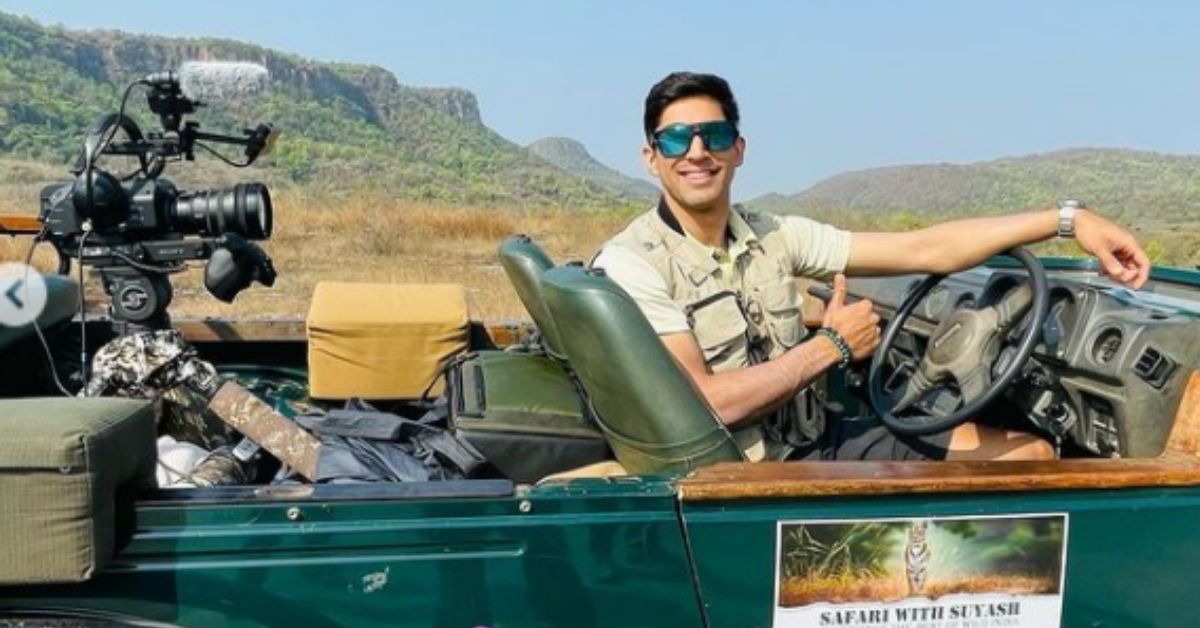
The series went on to establish an emotional chord with the audiences as well, who saw an eye-opening account on why wildlife must be conserved at every cost.
Suyash possesses an unquenchable thirst for directing the world’s attention to the pertinent issues faced by the wildlife, in a way that is both engaging and heart-wrenching. This drive to spread significant awareness is probably what makes him one of the youngest wildlife presenters to host a live show at Animal Planet.
At 19, he won the Nature’s Best Photography Asia Award for photographing a six-month old tigress. The photo was exhibited for a year at the Smithsonian Natural History Museum in Washington DC.
Interestingly, Suyash is a self-taught photographer, who quit his job in the US in 2019 to pursue his childhood passion for wildlife.
Suyash shares with The Better India what it takes to be a wildlife photographer and presenter, how he keeps engaged with over 40k of his followers on Instagram, and how he is promoting conservation of animals, one image at a time.
‘The zoo changed my perception’
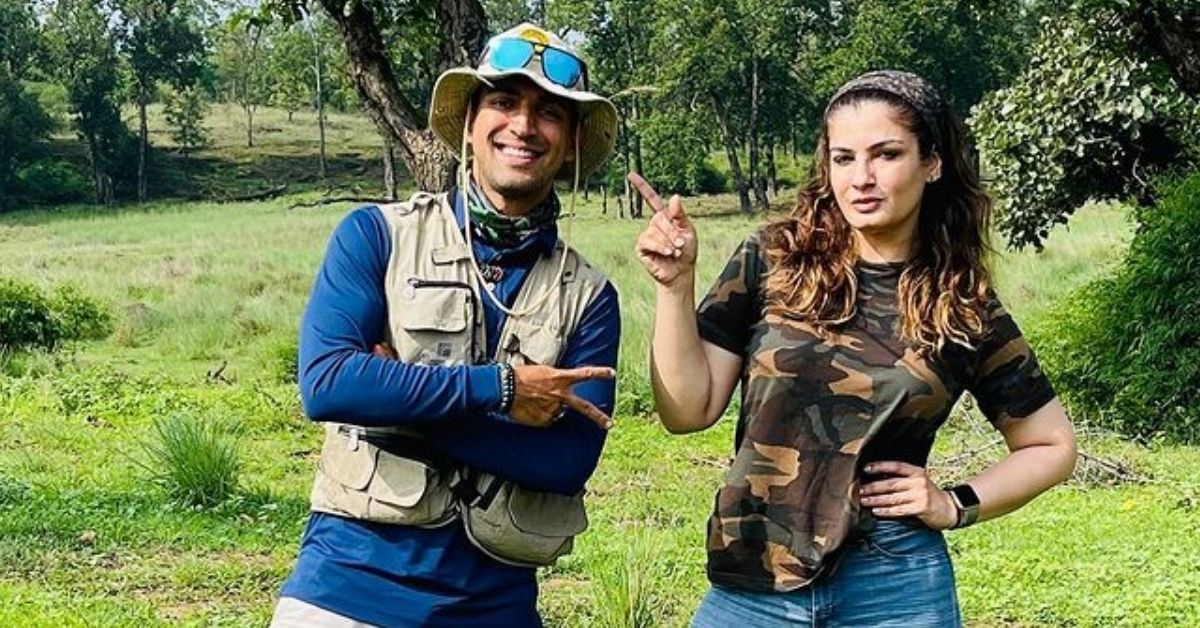
Where most children prefer watching cartoons like Tom & Jerry, Suyash spent his childhood absorbing knowledge about animals and their ecosystem on channels like Discovery and Animal Planet.
His fondness for animals grew amid visiting national parks and zoos while living in states like Madhya Pradesh and Chattisgarh. He would spend his summer vacations in Kolkata with his maternal grandfather and go to the famous Zoological Garden in Alipore.
His perception towards animals changed when he was around six or seven.
“During one of those visits, as I clapped and jumped excitedly on seeing a tiger inside the cage, my grandpa told me that their natural habitat is a jungle. Cages are prisons in a way. That incident was eye opening and I became more curious about animals,” recalls Suyash.
A few years later, he started clicking pictures of animals using his father’s camera, inspired by legendary presenters such as Bear Grylls, Nigel Marven and Chris Packham. If foreigners could come to India and show the wildlife’s unparalleled beauty, then why couldn’t an Indian do the same, he wondered.
But his ambitious dreams were met with disappointments at first.
When he interacted with experts in the field, including conservators and forest range officials, to explore a career at 17, most answers he received revolved around how this was not a lucrative option and guaranteed no results.
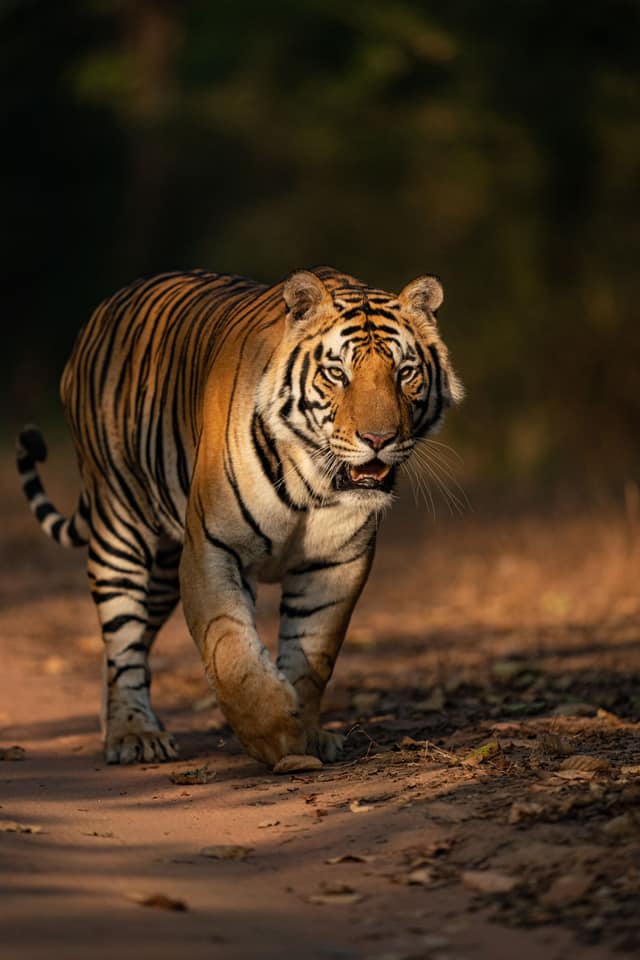
He was offered internships to work in the natural reserves, but without any pay or certificates, which further discouraged him.
So, he moved to the US to pursue a Master’s in Political Science and International Relations, leaving his true passion behind. Just when he was getting into the grind of a stable and respected job, he decided to try his hand at what he truly loved one last time.
If it didn’t work out, he always had an option of going back, he thought.
‘How I carved my own path’

Like every millennial, Suyash also started his activities on social media to establish a wide reach. This was even before he completed his education.
He posted the images he clicked and provided captions about the animal and its role in the ecosystem.
“I realised that the youth have a short attention span and that it’s all about creating content that is crisp and short. I was able to gauge the pulse from early on and that’s how I increased my online following. I was very careful about making fun, trivia-filled and non-preachy posts,” says Suyash.
View this post on Instagram
When the likes, comments and shares grew multifold, Suyash realised people are interested in seeing the wildlife from the eyes of a 20-something guy. This thought eventually resulted in his series SWS.
Being a local of Madhya Pradesh, he chose Bandhavgarh National Reserve as his central location. He gathered a team of filmmakers and writers and shot the series in October 2018.
He worked in unison with trained professionals and forest experts to weave the narrative for his series. From studying photography manuals, watching YouTube to reading relevant books, Suyash did everything to ensure his debut series was interesting, candid, factual and more importantly a visual marvel.
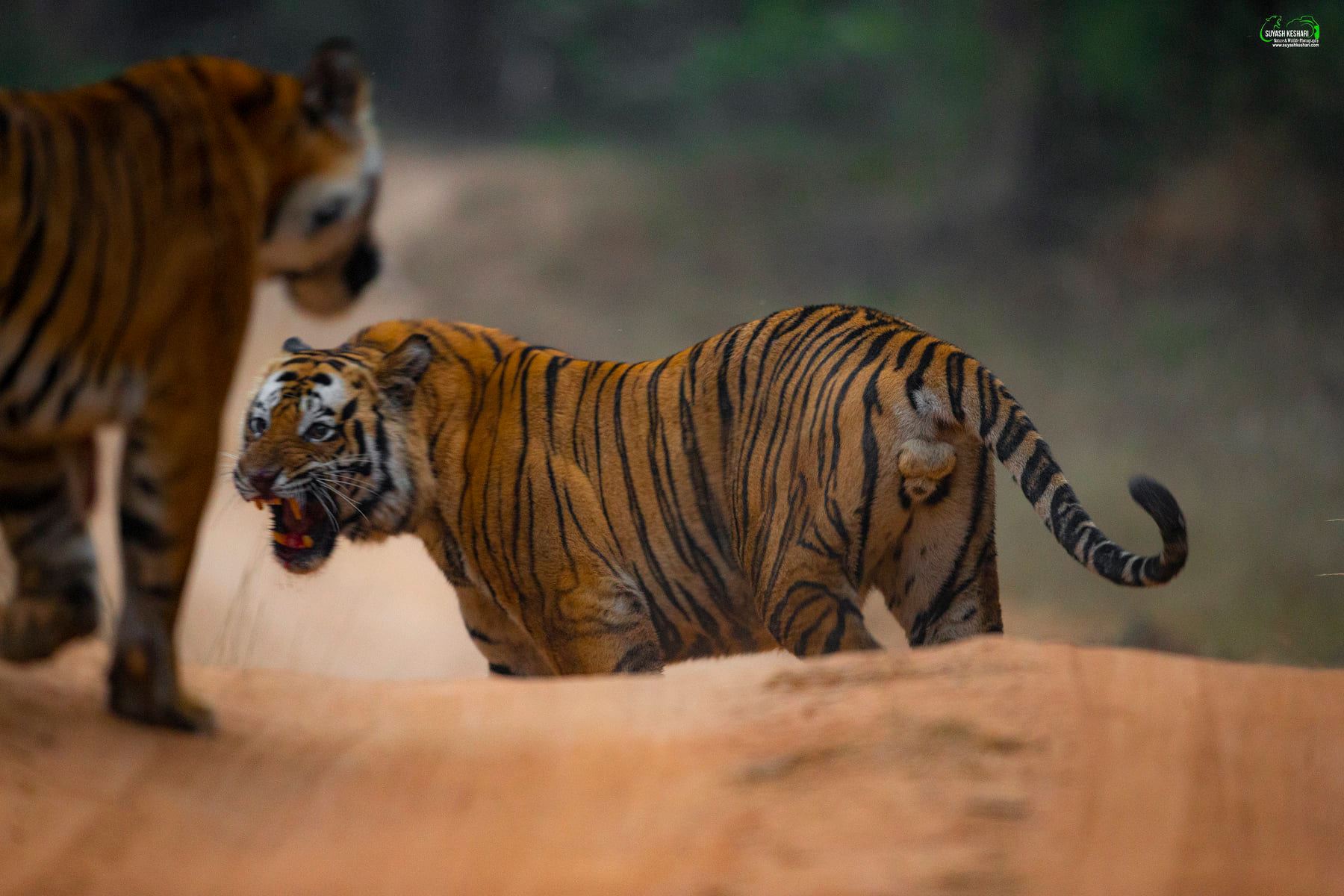
After the series, he approached several distributors, including WWF.
“WWF had seen my social media content as I would keep tagging them on most of my posts. They had even sourced around 200 of my wildlife clicks. Fortunately, they loved my series and came on board to release it,” adds Suyash.
The series covered a wide range of topics such as poaching, human-animal conflict, deforestation, government’s compensation policy while following the story of Solo throughout. WWF renewed the series based on lions, rhinos and other wild animals for season two which was shot in South Africa.
Suyash’s work and passion has taken him to more than 23 countries over the years. He says that the travelling tapestry has taught him things that have helped him be in close proximity with the animals. He has been only 100-200 metres away from wild cats like tigers, which is a huge feat.
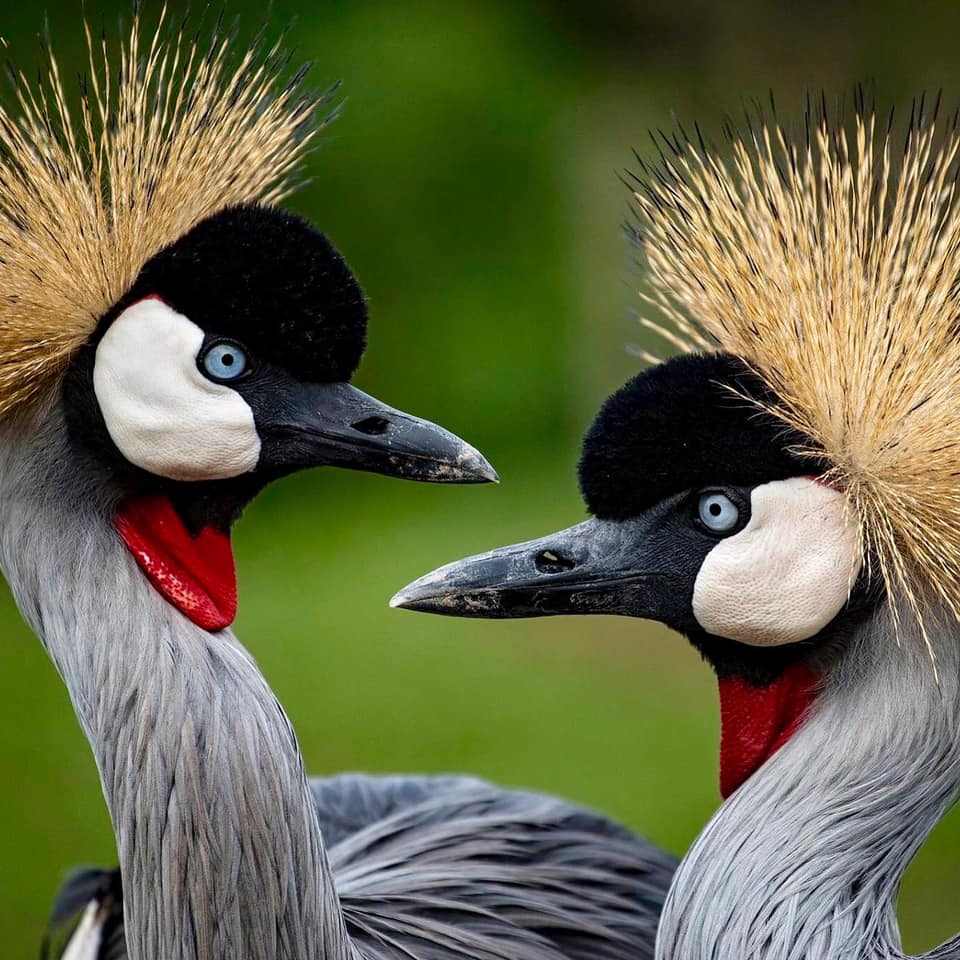
“My most important lesson has been to respect their boundaries by ensuring that I never take my vehicle towards them. I wait for them to come near me even if I have to wait for hours. It is also possible to develop relations with them over time,” he says.
Suyash attempts to go beyond filming on all his shoots.
In Bandhavgarh, he often works with locals and forest officials to spread awareness and contribute in any way he can, like donating boots to forest rangers, installing solar lamps for electrification and educating children.

In 2018, when 18 wild elephants migrated from Chhattisgarh to Bandhavgarh in search of a safe habitat, they ended up destroying farmers’ crops. The villagers used firecrackers to scare the majestic creatures, but this backfired.
Suyash and his team intervened and installed cactus fencing to protect the fields, and today, the reserve has nearly 50 elephants.
‘Safari with Suyash’ is also the name of an initiative that he has started to promote wildlife conservation. He gives a safari tour of the reserve for 4-5 days and teaches people everything about animal interaction and wildlife photography. In just over a year, close to hundred people have availed this package.
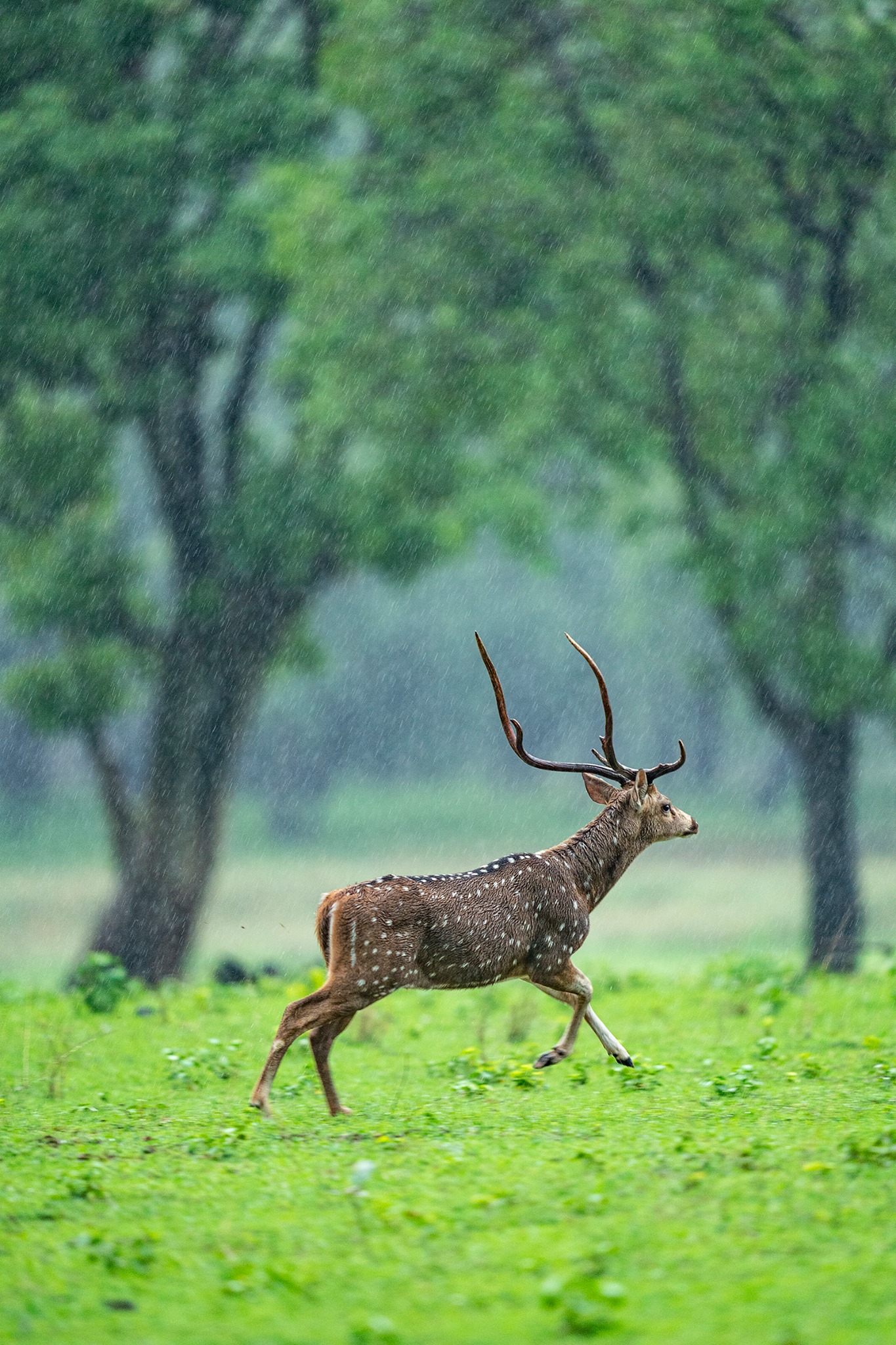
He hopes to soon launch his own OTT platform dedicated to wildlife which will be one of a kind according to him.
To view Suyash’s surreal photography or to get in touch, you can visit his Instagram here
Edited by Divya Sethu
No comments:
Post a Comment